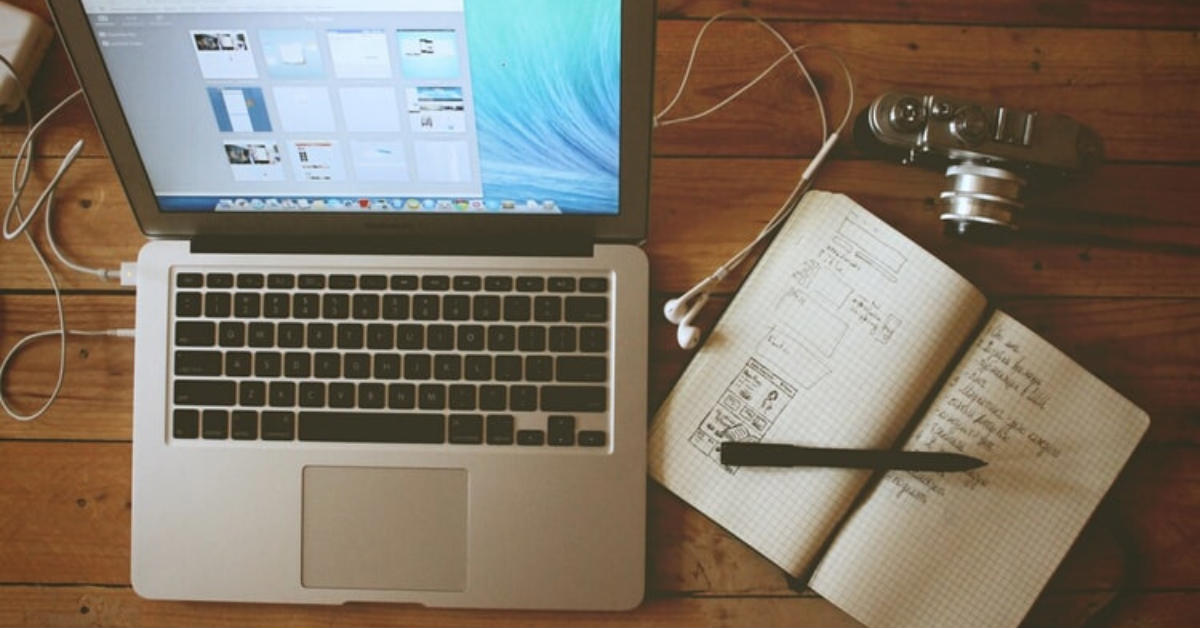
When non-designers hear the term design thinking, they quickly assume it has to do with architecture, visual arts, and whatnot. But the principle goes far beyond those. At Penji, for instance, our clients trust us to do the design heavy-lifting for them. Graphic design aside, we encourage them to put on their design thinking hats on the regular. After all, it could help them a ton as they manage their business and innovate to adapt to changing times.
If you’re not yet aware of this concept, this post is perfect for you! We’ll try to simplify what design thinking is all about and help you appreciate how it can transform your career, business, and life in general.
What is Design Thinking?

Design thinking is one of the ways you can solve a problem creatively. It mainly focuses on human behavior so that you can come up with better products, services, and even processes. Other people call it ‘out-of-the-box-thinking’, but the real question is, how do you do this? Are there steps to follow?
Surprisingly, the journey of coming up with amazing ideas isn’t complicated. You can use the 5 phases in design thinking. Mind you, this 5-phase approach is just one of the variants for design thinking. But for the article’s purpose, this seems to be more appropriate to use so that you can further understand it holistically.
5 Phases of Design Thinking
Below are the 5 phases of design thinking. These are all crucial so you can come up with the best solutions for any problem.
1. Empathize with Your Target Market

First, you have to thoroughly understand the actual needs of the target market. A simple survey might help but that shouldn’t stop there. Apart from research, you need to immerse yourself. You have to feel what your market feels so you can come up with ideas suitable for them. It’s putting yourself in the other person’s shoes and more.
An effective strategy is to create different personas that will represent various markets and users.
2. Define Your Problem Statement

In this phase, you will need to define your problem statement, so you can focus on finding solutions for that specific issue. You see, this is where most people are having trouble with. They don’t have a problem statement. Hence, they couldn’t get a design or a solution that will work well.
Here are a few things to remember when defining your problem statement:
- Remember to frame your problem statement according to what you have gathered from the first phase.
- The statement should be human-centered and, at the same time, will allow you to think freely.
- Make sure it is not too broad because it would be harder to manage.
For instance, you found out that a client’s website isn’t gaining any traction among the younger market. What could be a good problem statement? It can be something like, ‘What are the things that excite the younger generation, and how can we put these on the client’s website?’.
Now, can you give your own problem statement for the same scenario? Again, this is vital because your problem statement will be the basis for the next phase.
3. Ideate or Generate Different Ideas

Ideation is the process where you generate a lot of ideas. This is where you do brainstorming. Remember that there are other techniques to squeeze out creative juices.
Here are a few things to remember when trying to generate ideas:
- Welcome all ideas and don’t judge these at the onset. No matter how stupid you think an idea is, try to write it down.
- You’ll never know what amazing things you can get from the crazy suggestions.
- Learn how to narrow down the options so you can eventually pick the best ones. There are techniques to do this, which we can discuss in a separate post.
While this can be an exhausting phase, we encourage you to enjoy and have fun. The more relaxed you are, the better ideas you can generate. If you think you are really running out of solutions, expose yourself to different things. Go out, read more, do new things, and get a different perspective.
4. Create a Prototype
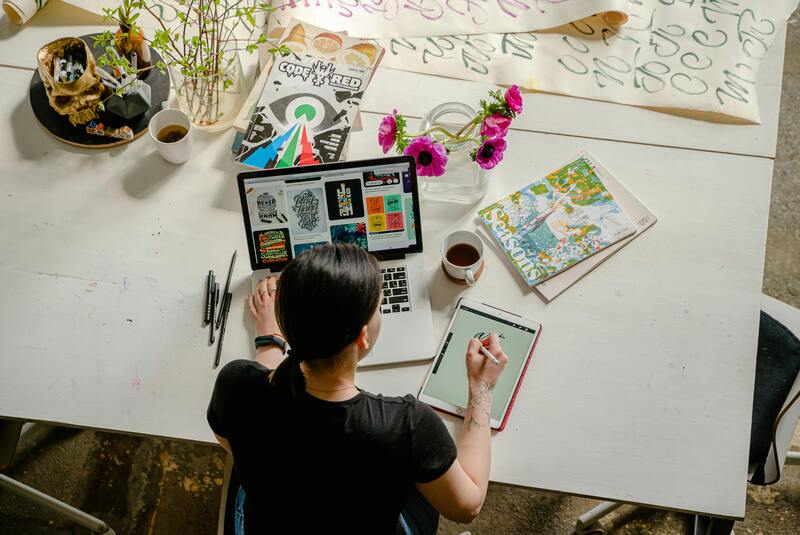
And now, it’s time to create a prototype. What’s good about prototypes is that these are generally cheap yet you can get valuable insights and actual responses from your target market.
In the case of graphic designers, you can have mock designs just to have a feel of the project. You can create multiple prototypes to use for the last phase.
5. Test Your Prototypes
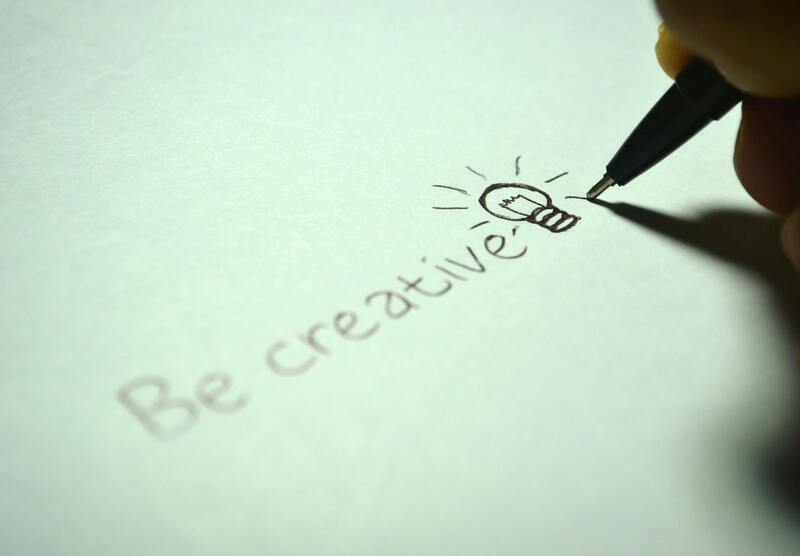
And lastly, you can test your prototypes and see if your market or target audience will behave according to what is expected. If you get a positive response, then go ahead and create the actual full-blown designs. If not, then go back to the previous steps until you get it right.
TIP: You have to remember, though, that these phases do not have to be sequential. You can repeat one phase and then jump to another if and when necessary. But bear in mind that everything is essential to create a strong design for your client.
Big Companies That Leverage Design Thinking
Are you not convinced that design thinking is effective?
If you must know, this technique has helped a lot of companies. And mind you, these companies are not just surviving, they are also thriving in their respective markets. Think IBM, Google, Apple, Samsung, GE, Coca-Cola, and Proctor & Gamble. Obviously, these are already big names and considered as empires. If they are using the concept of design thinking, what is your reason for not embracing it?
When You Have the Best Ideas But Not the Technical Skills
Sometimes, you can have the best idea but not the technical skills to turn it into reality.
Let’s say you have a groundbreaking concept for an ad – something that will topple your competitors and catapult your venture. The catch is, you don’t know the first thing about using Photoshop or any other graphic editor software. Are you just going to sit on that concept and hope against hope that no one else comes up with the same idea?
You certainly shouldn’t because that’s what we’re here for! Talk to us about your concept and we’ll be more than happy to turn those thoughts into tangible designs you can use for your business.
Here are a few reasons why a lot of ventures partner with Penji for their graphic design needs:
- We offer unlimited graphic designs and unlimited revisions at a flat monthly rate. From packaging design to email templates and web design, we can do them all. And did we mention unlimited revisions?
- Our designers can create high-quality designs within 24 to 48 hours. That means less waiting time before you can test your prototypes.
- We have the top 2 designers. So, no need to scour job market platforms for the best freelance creative!
Best of all, it only takes three easy steps to request a design from us.
1. Create the Project
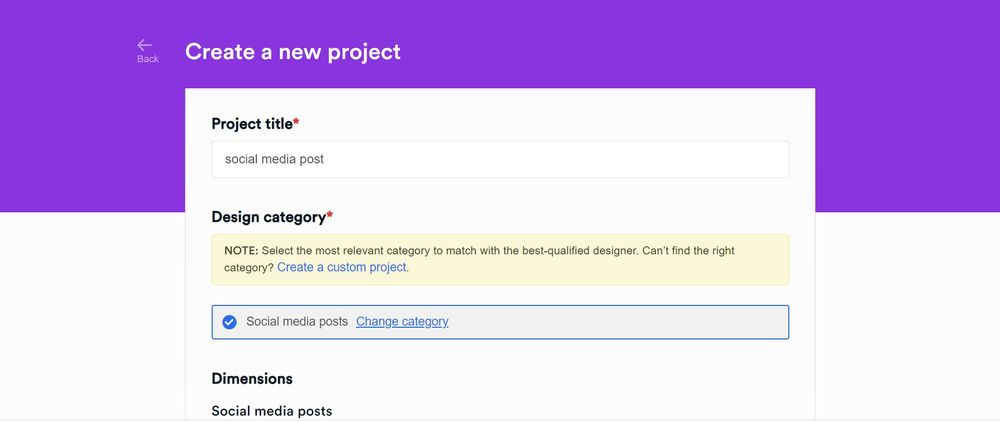
In the Penji dashboard, click New Project. Type in the title of the project and select from the categories. If the project that you need isn’t included in the list, you can select Custom Project. In the description box, put in as many details as you can about the project you need. Once done, click Create Project. It will be assigned to a designer who’ll get in touch with you if anything needs to be clarified.
TIP: Communication is key when it comes to requesting designs. To make sure that the designer gets the look you want, take the time to include links to image pegs. It’s also best to attach links to your website and to include info such as color palettes and other branding assets.
2. Review and Revise
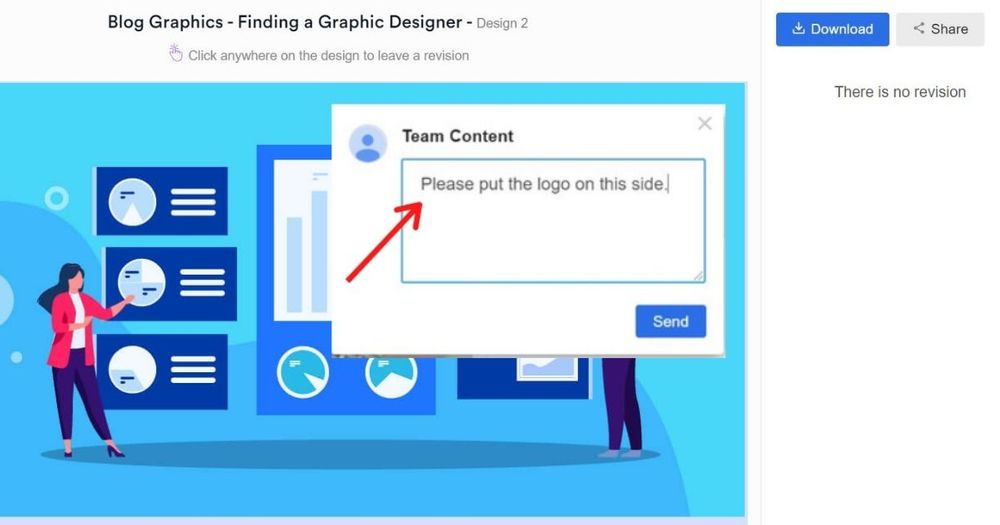
Within 24 to 48 hours, the designer will get back to you with a draft. To view, click on the file within the thread. If you need anything revised, simply click on that part and type in your comments. The design will be returned to the designer for revision and will be re-submitted to you within 24 to 48 hours.
3. Download
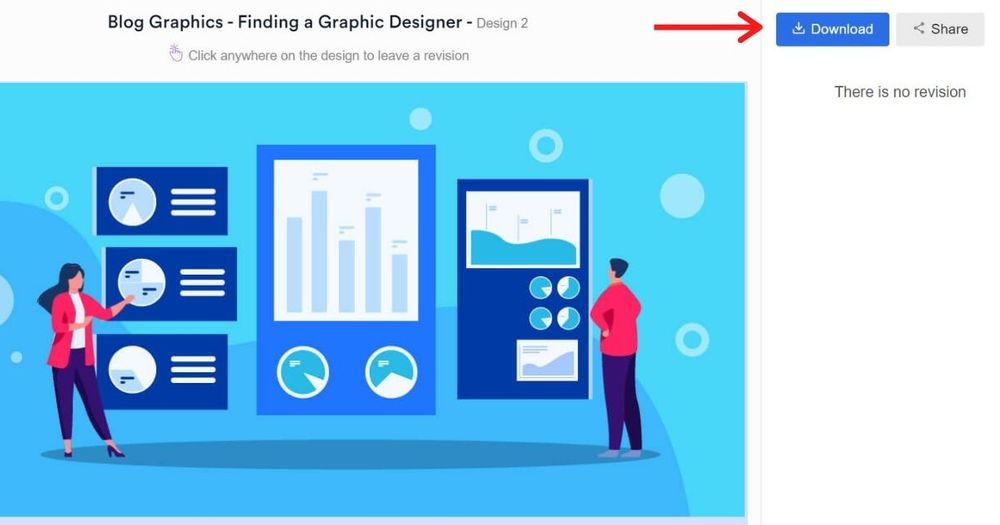
Once you’re happy with the design, click the “Download” button and it will automatically be saved to your computer. That’s it! Mark the project complete so your designer can move on to the next one in your queue.
TIP: We’re on a constant quest to improve and serve you better. Drop an honest review of your experience with our designer. This will help us recognize our designers’ strengths and shed light on points of improvement.
Conclusion
Design thinking is important for any type of project. This is to minimize risks, which can essentially save you tons of money. By following the concept of design thinking, you get the nearest possible solution for any problem. Plus, these ideas can really make a difference.
We do have high hopes that you will apply it whenever you can. Just so you know, design thinking can improve not only your work, but it can also improve your life in general.
Turn your ideas into stunning graphic designs by subscribing to our service. Sign up today and try any of our packages risk-free for 15 days!
About the author

Barbara Anne Isla
BA Isla is a Content Writer and also an Events Host. She left the corporate world to do what she loves and to spend more time with her amazing kids. She hopes to bring valuable change to society with her words.










